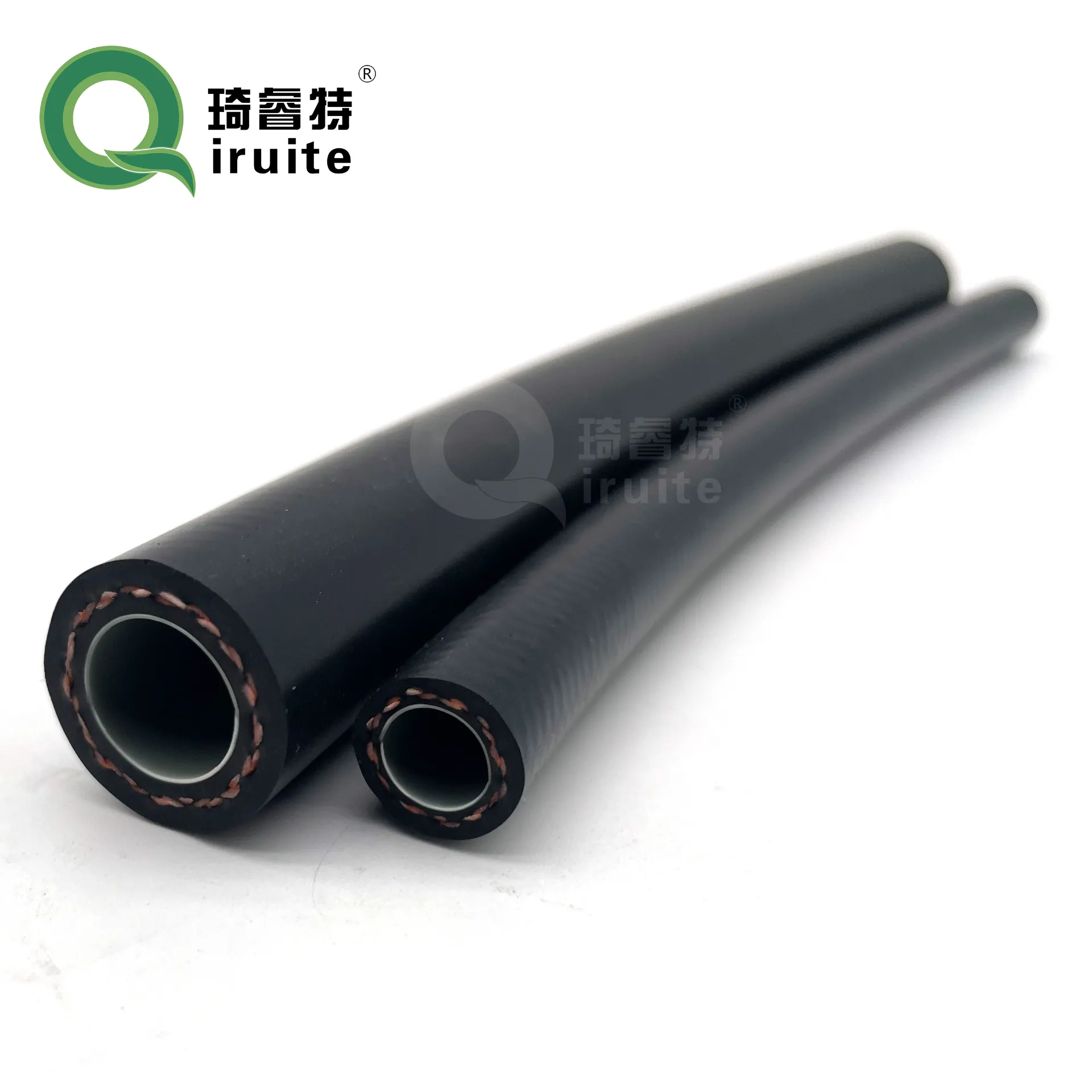volvo penta power steering hose
Understanding Volvo Penta Power Steering Hose Essential Insights for Marine Enthusiasts
When it comes to maintaining the performance and safety of marine vessels, the importance of quality components cannot be overstated. One critical component in many marine engines is the power steering hose, particularly for those utilizing the Volvo Penta power steering system. Volvo Penta has established itself as a leading manufacturer of marine and industrial engines, and their power steering system is an integral part of ensuring smooth navigation and control. This article delves into the significance of the Volvo Penta power steering hose, its role in the steering system, maintenance tips, and troubleshooting common issues.
What is the Power Steering Hose?
The power steering hose in a Volvo Penta engine is responsible for transferring hydraulic fluid between the power steering pump and the steering gear or rack. This hydraulic system enhances steering capabilities, allowing for smoother and more manageable steering, especially in larger vessels where manual steering may be cumbersome. The power steering hose is typically made of high-quality materials that can withstand the high pressures and various environmental conditions seen in marine settings.
Importance of a Functional Power Steering Hose
A well-functioning power steering hose is vital for safe and efficient steering. When the hose is intact and free from leaks, the hydraulic system can maintain optimal pressure, providing the necessary support for steering the boat. Any compromise in the functionality of the hose can lead to poor steering response, increased manual effort needed to turn the wheel, or, in severe cases, total loss of steering control. This not only affects the performance of the vessel but can pose serious risks to the safety of the crew and passengers onboard.
Signs of a Failing Power Steering Hose
Being aware of the signs of a failing power steering hose can save boat owners from potential disasters. Here are some common indicators
1. Hydraulic Fluid Leaks One of the most noticeable signs of a failing power steering hose is the presence of hydraulic fluid leaks. If you notice fluid pooling in areas around the steering mechanism, it is crucial to inspect the hose for any damages or punctures.
2. Increased Steering Effort If steering becomes noticeably harder, it could indicate a drop in hydraulic pressure, often due to a failing hose or pump. This is especially concerning in larger vessels where the effort required for manual steering can be significant.
volvo penta power steering hose

3. Noise in Steering Unusual noises, such as whining or groaning, while turning the wheel can indicate air in the system or inadequate fluid levels caused by a leaking hose.
4. Warning Lights Many modern marine engines come equipped with warning lights on the dashboard that can indicate problems in the hydraulic system; be sure to address these warning signals promptly.
Maintenance Tips for the Power Steering Hose
To ensure longevity and optimal performance of the power steering hose, regular maintenance is essential
- Inspect Regularly Periodically inspect the power steering hose for signs of wear and tear. Look for cracks, abrasions, or weakened areas that may lead to leaks.
- Check Fluid Levels Regularly monitor hydraulic fluid levels to ensure they are within the recommended range. Low levels can indicate leaks in the system.
- Flush the System It is advisable to flush and replace the hydraulic fluid periodically, as contaminated fluid can affect the performance of the entire steering system.
- Use Genuine Volvo Penta Parts Always use OEM (original equipment manufacturer) parts for replacements. Genuine Volvo Penta power steering hoses are designed to meet the specifications and standards required for optimal performance.
Conclusion
In conclusion, the Volvo Penta power steering hose is a crucial component that ensures safe and efficient steering in marine vessels. Understanding its importance, recognizing the signs of failure, and adhering to proper maintenance practices are key for boat owners and operators. Investing time and effort into maintaining the power steering system not only enhances the performance of the vessel but also contributes significantly to the safety of everyone on board. Remember, when it comes to marine equipment, proactive care is always better than reactive repair.
-
Ultimate Spiral Protection for Hoses & CablesNewsJun.26,2025
-
The Ultimate Quick-Connect Solutions for Every NeedNewsJun.26,2025
-
SAE J1401 Brake Hose: Reliable Choice for Safe BrakingNewsJun.26,2025
-
Reliable J2064 A/C Hoses for Real-World Cooling NeedsNewsJun.26,2025
-
Heavy-Duty Sewer Jetting Hoses Built to LastNewsJun.26,2025
-
Fix Power Steering Tube Leaks Fast – Durable & Affordable SolutionNewsJun.26,2025

